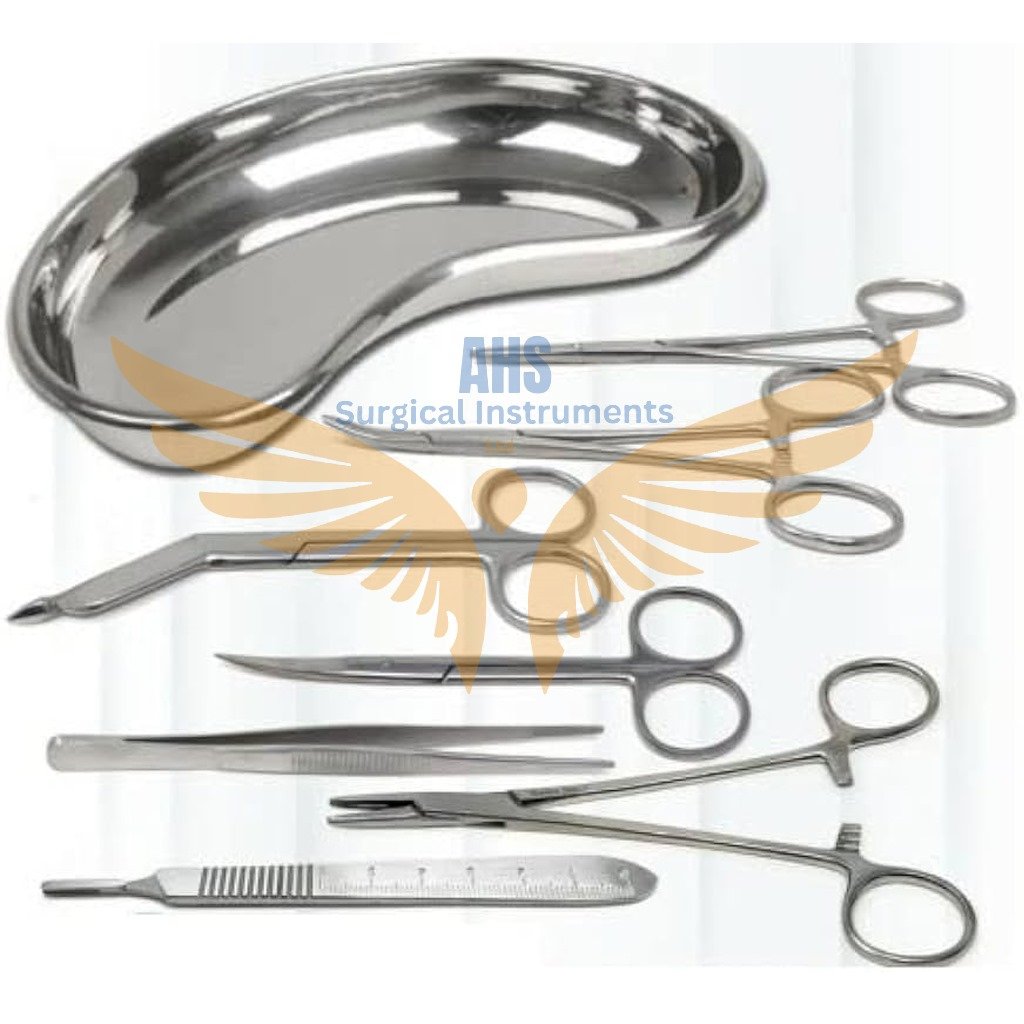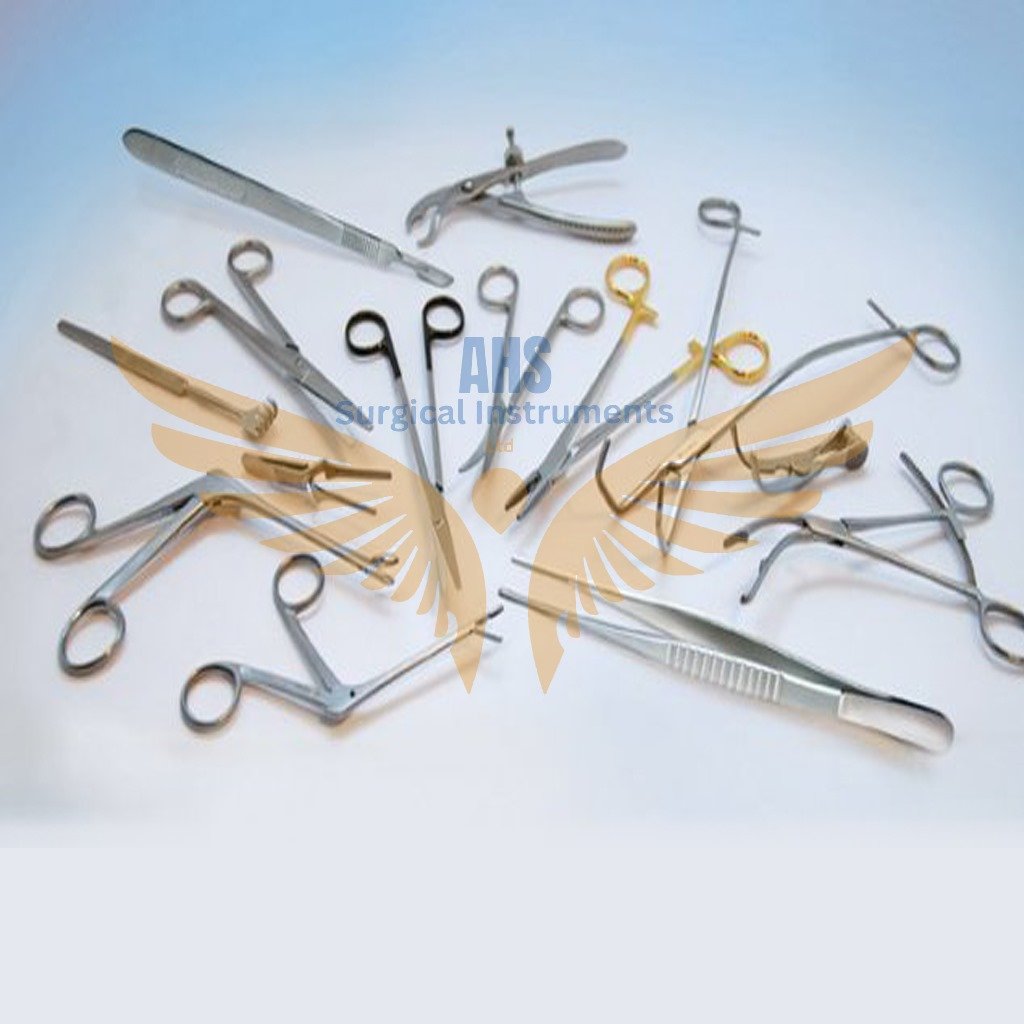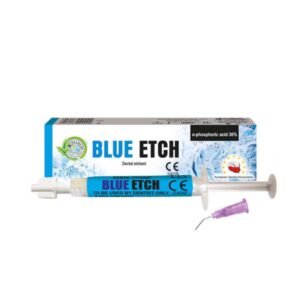Surgical instruments
0,00 د.إ
- Scalpel: Used for making precise incisions.
- Forceps: Grasping and holding tissues or objects.
- Scissors: Cutting tissues or sutures.
- Retractors: Holding back tissues or organs to provide better visibility.
- Clamps: Temporary closure of blood vessels or tissues.
- Needle Holder: Grasping and manipulating needles during suturing.
- Suction Devices: Removing fluids or debris from the surgical site.
- Dilators: Opening or enlarging body passages.
These instruments are often categorized into cutting instruments, grasping or holding instruments, hemostatic (blood control) instruments, and others based on their function. They play a crucial role in ensuring surgical procedures are conducted safely and effectively.
Description
-
- Sale! Add to cart
- Dental Anesthetic Supplies, Local anesthetics
BLUE ETCH 10 ml ( Dental Etching Gel )
- Original price was: 89,00 د.إ.79,00 د.إCurrent price is: 79,00 د.إ.
-
- Sale! Add to cart
- Dental Anesthetic Supplies, Local anesthetics
ENDO PREP Gel, 5 ml (EDTA 17 Percent)
- Original price was: 95,00 د.إ.79,00 د.إCurrent price is: 79,00 د.إ.
-
- Sale! Add to cart
- Catheters, Medical Consumables
Safety Glasses Polycarbonate
- Original price was: 78,00 د.إ.69,00 د.إCurrent price is: 69,00 د.إ.
-
- Sale! Add to cart
- Dental Anesthetic Supplies, Local anesthetics
BLUE ETCH 50 ml (Dental Etching Gel)
- Original price was: 195,00 د.إ.179,00 د.إCurrent price is: 179,00 د.إ.
-
- Sale! Add to cart
- Dental Anesthetic Supplies, Local anesthetics
GLUCO CHEX 2 Percent Liquid (Chlorhexidine Digluconate 2 Percent)
- Original price was: 105,00 د.إ.90,00 د.إCurrent price is: 90,00 د.إ.





























Reviews
There are no reviews yet.